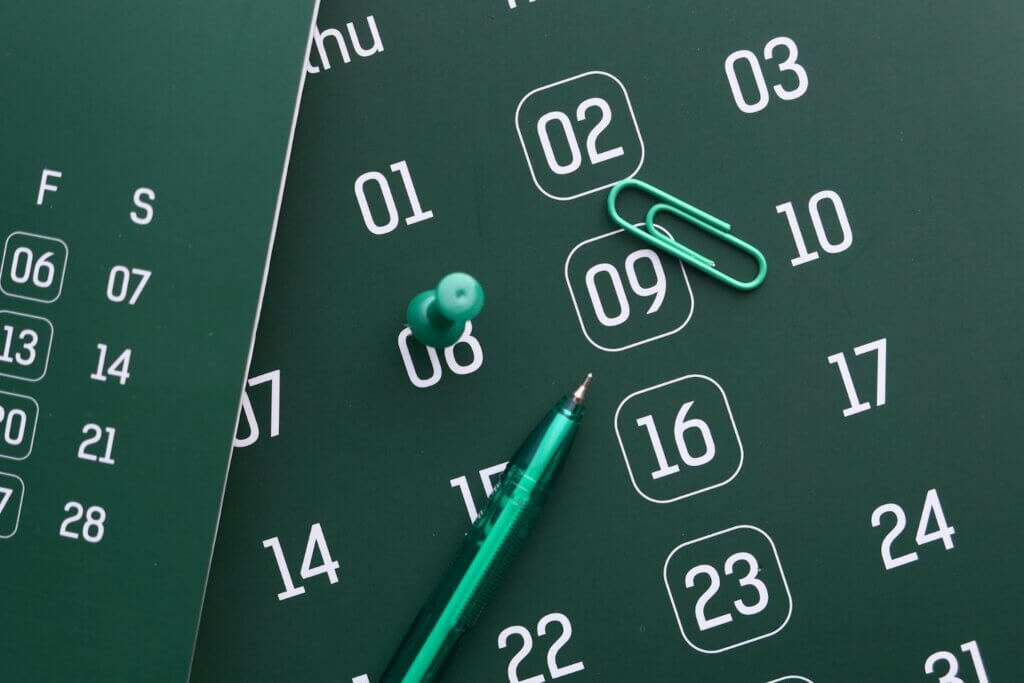When a potential client is on the verge of choosing a development partner, your web development proposal is your pitch, presentation, and promise, all rolled into one. It’s the document that determines whether a client sees you as a service provider or a trusted partner capable of turning a vision into a digital experience.
So, what separates a weak proposal from one that wins projects? The answer is strategy. It’s not just about listing your services, it’s about showing value, understanding business needs, mapping timelines, aligning budgets, and ending with a CTA that inspires confidence.
At webdev200, we believe that great proposals should do more than sell, they should communicate clarity, drive action, and kickstart successful partnerships.
Understanding the Client: Step One to Winning Proposals

Every successful proposal starts with understanding the client. This isn’t just a matter of collecting project specs, it’s about learning what the business truly wants from its website. Are they looking to increase conversions? Strengthen branding? Expand their digital footprint?
When webdev200 creates proposals, we go deep into the client’s industry, competitors, and long-term goals. This ensures we’re not just building a website, we’re helping shape a digital experience that fuels the business.
Your proposal should include:
- A section showing your understanding of the client’s business model.
- A brief analysis of their existing website (if applicable).
- Industry-specific insights to show you’ve done your homework.
Mapping Out the Services Clearly
Your web design and development services should be presented in a way that’s easy to understand, especially for non-technical decision-makers. Instead of leaning on industry buzzwords, focus on clear service categories and explain their purpose. For example, user experience design ensures your website is intuitive and enjoyable to navigate. Responsive web development guarantees the site functions seamlessly across devices. E-commerce integration adds secure, scalable shopping capabilities tailored to your business model. A content management system empowers clients to easily update and manage their own content. SEO and speed optimization help your site rank well in search engines while delivering a fast, smooth experience to users. And of course, support and maintenance packages keep everything running long after the launch, providing peace of mind with regular updates and expert oversight.
Build Trust with Proof
Before a client commits to your services, they want to know if you’ve done it before. This is where case studies shine. A short, focused case study in your proposal can help a client visualize their success through your previous work.
A great case study includes:
- A brief description of the client’s challenge.
- The solution you delivered (strategy, tools, features).
- Quantifiable outcomes (traffic increase, conversion rate, timeline).
At webdev200, we include a “Real Results” section within each proposal. This not only boosts credibility but positions us as a results-driven business.
Define a Realistic Timeline

A timeline is where things get practical. While every project is different, outlining your general phases of development helps manage client expectations from the start.
Here’s an example structure you might include in your proposal:
- Discovery Phase (Week 1–2): Research, goals, strategy.
- Design Phase (Week 3–4): Wireframes, mockups, feedback.
- Development Phase (Week 5–8): Coding, CMS setup, testing.
- Launch & Handoff (Week 9): Deployment, documentation, training.
- Post-Launch Support (Week 10+): Monitoring and maintenance.
Being upfront about the timeline creates trust and reduces the risk of misunderstandings down the line.
Discuss the Budget Transparently
Money conversations are uncomfortable for many, but they shouldn’t be. A web development proposal that converts is always clear about the budget. Break it down into phases, options, or feature tiers. This makes your pricing feel tailored rather than rigid.
Include sections like:
- Base Website Package
- Optional Add-Ons (e.g., e-commerce, advanced analytics)
- Support & Maintenance Costs
- Retainer Packages (if applicable)
When clients see what they’re getting and why it matters, they’re more likely to trust your pricing. Transparency = confidence.
Highlight Support & Maintenance Options

One of the most overlooked but crucial parts of a web development proposal is your plan for support and maintenance. Clients want to know: what happens after launch?
Highlight offerings such as:
- Regular updates and backups
- Bug fixes and security monitoring
- Website speed optimization
- Monthly reporting or performance checks
At webdev200, we always include this as a dedicated section in our proposals. Long-term support shows long-term commitment, something every business client values.
The Role of CTA, Don’t Let the Momentum Die
A call-to-action (CTA) isn’t just a final sentence, it’s the gateway to the next step. An effective CTA should guide the client toward a decision and make them feel confident doing so.
Some powerful CTAs we’ve used at webdev200:
- “Ready to bring your vision to life? Contact us today to schedule your proposal review.”
- “Let’s map your digital growth, book a strategy call now.”
- “Want to see how this proposal fits your timeline and budget? Let’s talk.”
Make sure the CTA is:
- Placed at the end of the proposal
- Actionable and specific
- Easy to follow (link to calendar, email, or form)
CTA buttons or links should align with your communication style, whether that’s “Get in Touch,” “Start Your Project,” or simply “Contact Us.”
Real Business Benefits of a Strong Proposal

Why invest so much effort into a proposal? Because it brings tangible business results:
- Builds credibility and trust before a project even begins.
- Reduces friction by answering objections in advance.
- Shortens the sales cycle by providing everything a client needs to make a decision.
- Positions you as a premium provider rather than a commodity.
A polished, tailored web development proposal is often the difference between getting ghosted and closing a contract.
The webdev200 Difference
At webdev200, our proposal process is a reflection of how we approach every web development project,with strategy, clarity, and results in mind.
We focus on:
- Understanding your brand and business goals
- Delivering proposals that speak directly to your pain points
- Designing user-first websites that drive action
- Offering clear timelines, budgets, and long-term support
From the first conversation to launch day and beyond, we build partnerships that last.
Turn Proposals into Projects
Your web development proposal is a living preview of what it’s like to work with you. When done right, it doesn’t just outline services, it tells a story. It explains how your experience translates into value, how your process aligns with the client’s timeline, and how your team is the right fit.
By using persuasive language, showcasing case studies, clearly defining your budget and timeline, and ending with a compelling CTA, you’re setting your agency up to win more clients and grow your business.
So the next time you sit down to write a proposal, remember: it’s not about convincing a client, it’s about showing them you’re already thinking ahead.Ready to land your next big project? Contact us at webdev200 today and let’s build a proposal that wins.

